Khaini #
| Binomial / Botanical Name | Khaini |
| Street Names | Kaini? Paan Masala? Gutka? |
| Major Active Compound | Tobacco; Lime; Areca Catechu? Other? |
| Indigenous Source | India |
| Form | Plant Material & Powder |
| RoA | Chewed/Quidded |
| Personal Rating On Shulgin Scale | +** |
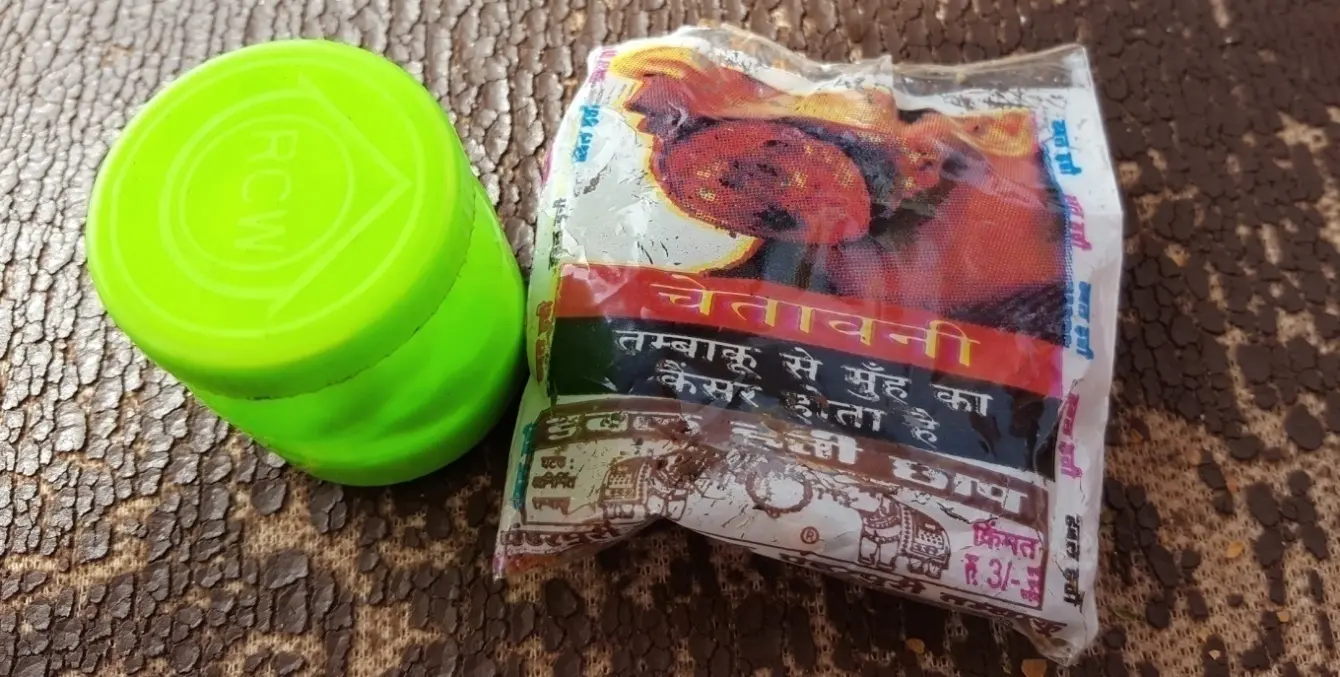
SUBJECTIVE EXPERIENCE #
My encounter with khaini came in Goa, India. Whilst walking on the beach I noticed one of the local masseurs chewing some sort of plant material, and enquired accordingly. He described it as masala and was happy to display it. It comprised a small packet, containing tobacco-like ingredients, along with a green tub of a white clogged powder, which was presumably lime. The latter seemed familiar: on previous days I had occasionally spotted the odd discarded plastic capsule lying on the sand, which seemed to contain remnants of the same or similar powder.
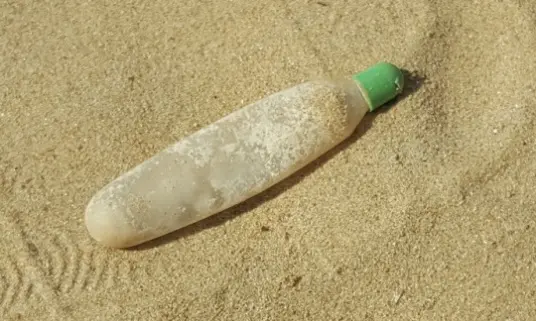
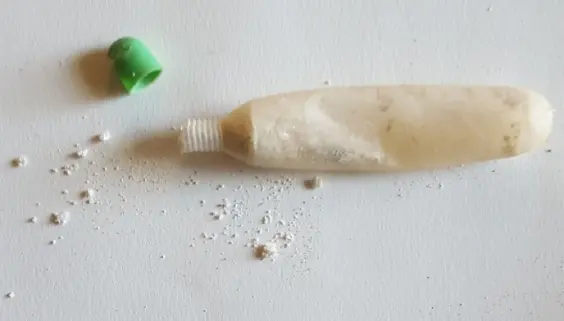
For a closer inspection, my friendly masseur tipped some of the tobacco substance onto his lounge bed, and peppered a little of the white powder onto it. I took a pinch and chewed. It was hot to taste, very hot.
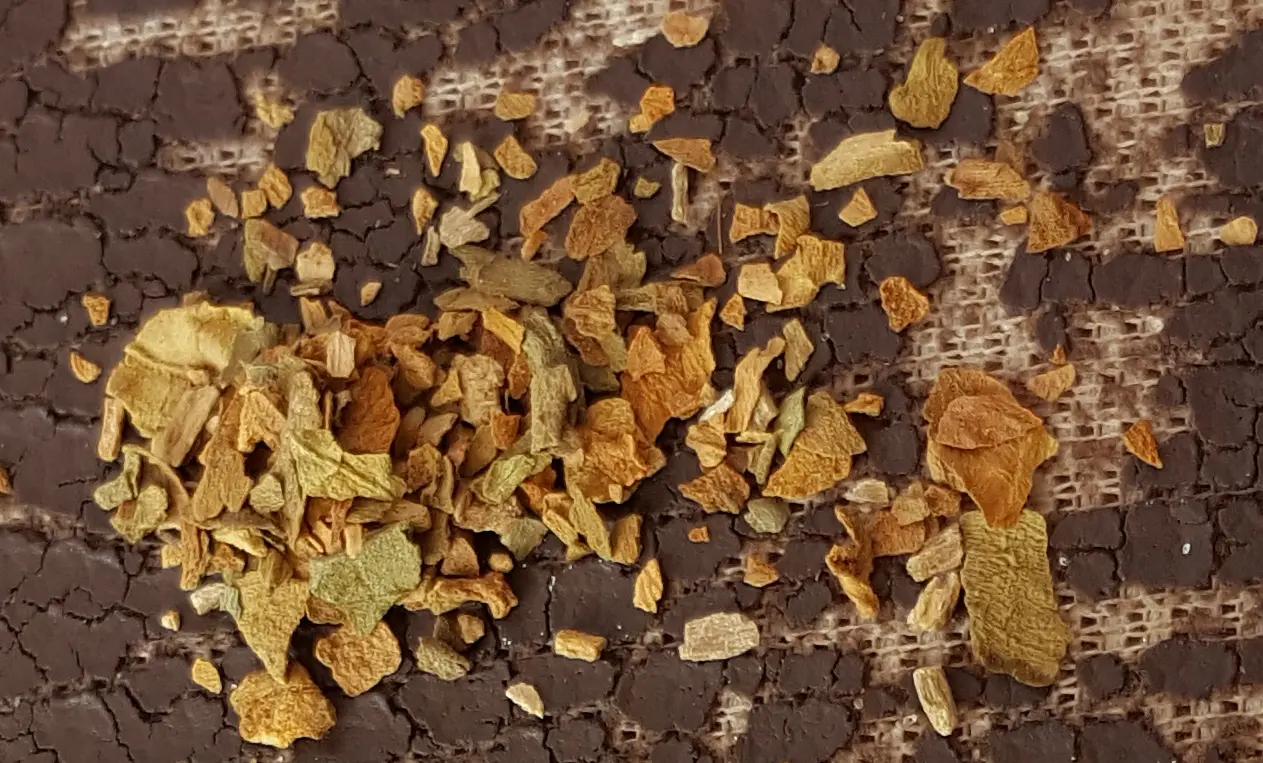
As I chewed he momentarily panicked, hastily telling me not to swallow, but to spit it out when finished. This was later amplified by a hotel receptionist, who explained that first-timers can be overwhelmed and can pass-out.
I wasn’t overwhelmed, but I was definitely stimulated, with a clear change of headspace. It was a little uplifting, although not mind-blowing. The effects lasted for about an hour.
So what was this? Was it a variant of betel nut (see earlier), commonly known as paan masala in India? Or was it gutka, which Wikipedia describes as “a preparation of crushed areca nut, tobacco, catechu, paraffin wax, slaked lime and sweet or savoury flavourings”? Or was it something else?
When I returned home I enquired online, on an Indian sub-Reddit. I was informed that paan masala is in fact an extremely broad term that can be used for “any of the stuff that goes into a paan”. Also, that the word khaini is used throughout India for chewing tobacco products, which usually contain catechu (from the areca tree) but not always.
This doesn’t of course conclusively identify my mystery substance, although on balance it was probably tobacco, lime, plus, possibly, catechu or something else. Whatever this was, it was reasonably pleasant, but despite keeping my eyes open, another opportunity to test it didn’t materialise.
SRI LANKA: BETELS #
A couple of years later I came across a similar mix whilst in Sri Lanka. On this occasion I was very careful to establish the precise ingredients. These were areca nuts, betel leaves, raw tobacco leaves and lime paste. This was referred to locally as betels.

It was served as shown in the photograph below, with the large dab of lime wrapped in newspaper. I opened this and spread it over some of the tobacco leaf and areca nut, and chewed at this combination, adding some of the leaf for bulk.
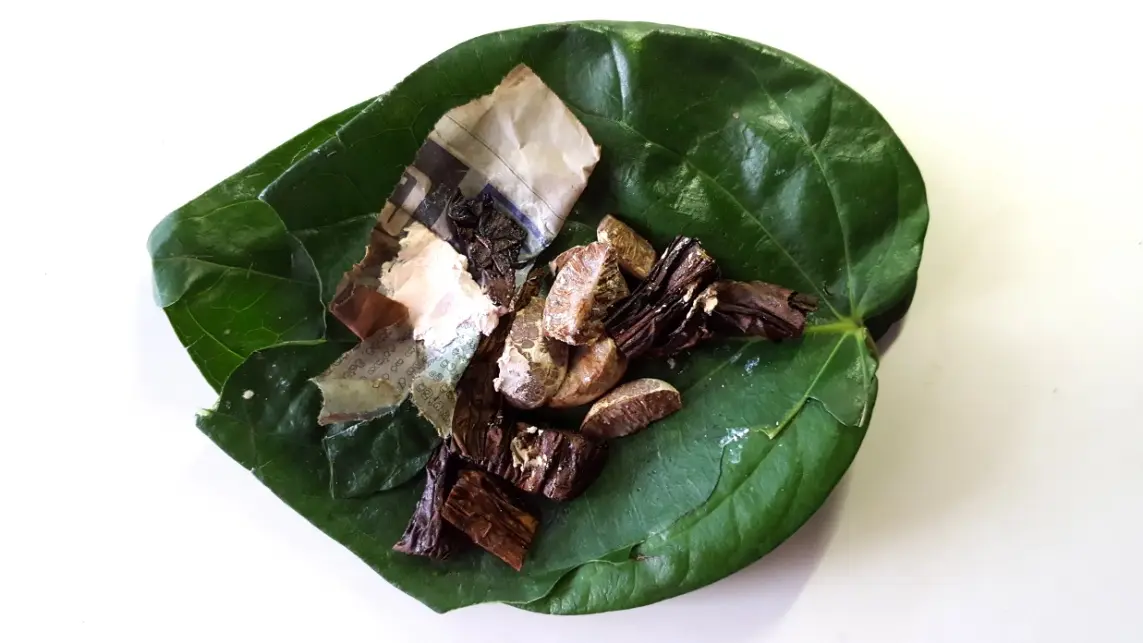
It was extremely hot to taste, and I experienced a rapid stimulation. This was less clean than that produced via the betel nuts I had sampled in Mandalay, presumably due to the presence of the tobacco. It was also far stronger than I had anticipated, and came with a touch of mapacho-like dizziness/nausea. Indeed, for a while I felt queasy and not particularly well, which was probably not helped by the fact that I swallowed some of it. This passed after a few hours, but was unpleasant enough for me to decide to bin the rest.